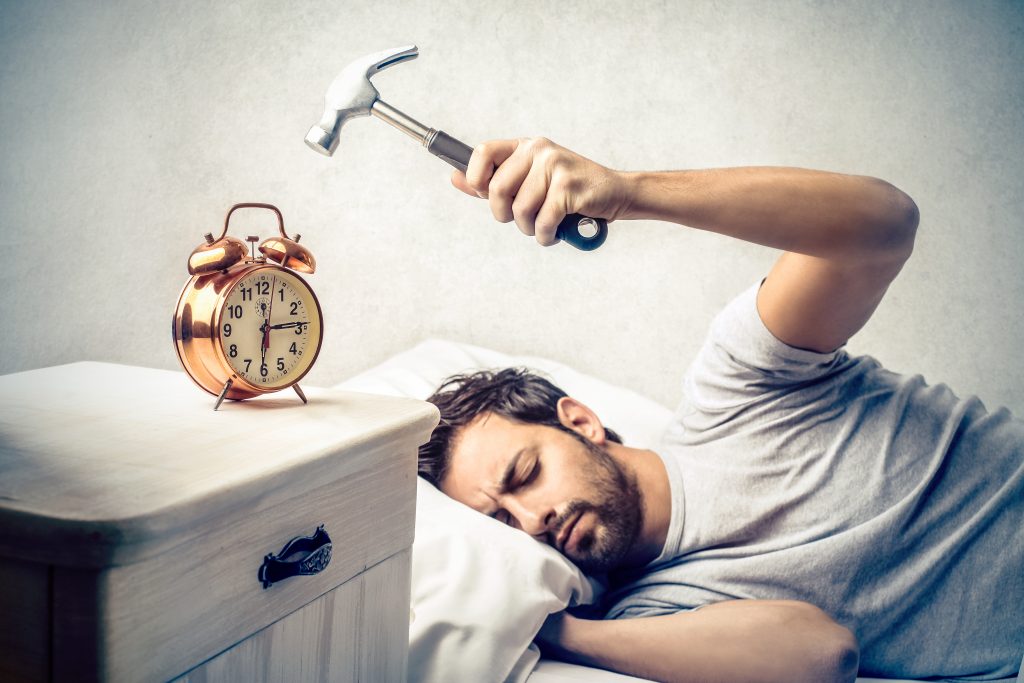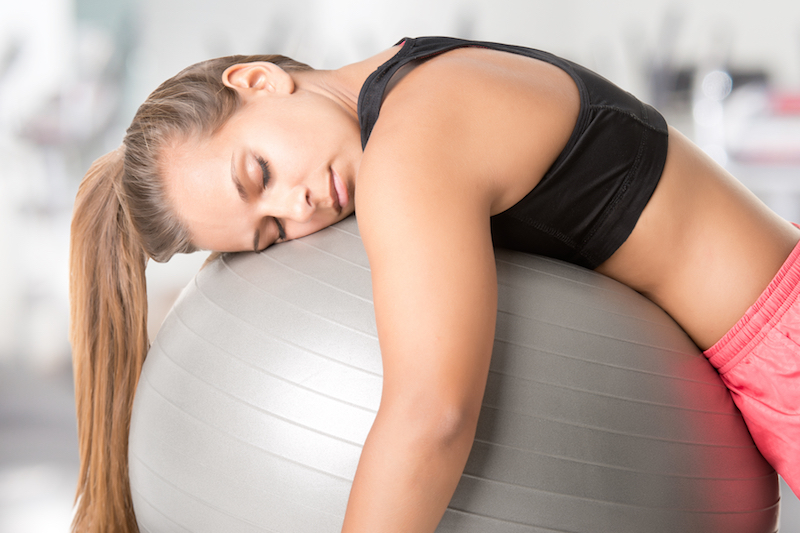LEARN HOW TO DIAL IN YOUR BACKGROUND INSULIN AND WAKE UP WITH PERFECT BLOOD GLUCOSE LEVELS EVERY DAY – WITH THESE THREE STEPS.

How do you know if your basal insulin is set correctly?
Do you sometimes wake up high?
Do you sometimes wake up low?
Do you have both highs and lows for day to day?
Frustrated by it all?
This article discusses how you can test the appropriateness of your background insulin dose, identify inaccuracies and put a solution in place if needs be.
Please remember, it’s your responsibility to discuss any changes to your insulin regimen with your medical team. This is for information purposes only.
In order to test the accuracy of your basal insulin dose we need to break the assessment down into three simple steps:
- Preparing for the test.
- Completing the test.
- Reviewing your results and making valid changes.
Before we get started, you must consider what type of day you are testing on.
Are you testing on a training or non-training day?
This is important because it is highly likely you will need slightly less basal (overnight) insulin on an exercise day compared to a rest day. If you keep your basal insulin dose consistent across training and non-training days you need to be mindful that you are at a greater risk of hypoglycaemia and must have the necessary prevention strategies in place.

For accuracy – you will need to repeat the test twice to ensure what you see is not an anomaly. Therefore, you need to identify two rest days or two training days.
And yes, you are right in what you are thinking. A 60-minute HIIT session will require different background insulin overnight vs. a 45-minute strength session at medium intensity?
Let’s keep things simple and look at exercise days and rest days. You will need two of each.
STEP 1: PREPARING FOR THE TEST
Below are the conditions you need to meet before testing your glucose level at 23:00 to start the test:
- Consume your last meal and mealtime insulin of the day at 19:00 – At least 4 hours before.
- Your final meal should have no more than 30g fat – otherwise, you run the risk of delayed hyperglycaemia.
- No correction insulin after 19:00.
- No food to be consumed after 19:00 – this includes protein supplements before bed.
All of these measures ensure a fair test. Obviously, if you go hypo you will need to eat and re-do the test another day.
STEP 2: DURING THE TEST
Just sleep with nothing else going – No sex, masturbation, late night food cupboard raiding etc.
Test your glucose at around 23:00, 02:30 and then upon waking.
If you have CGM this is golden, no broken sleep for you!
Again, you need at least two nights data before considering making a change.
TWO OF THE SAME NIGHTS – Two rest days, or two exercise days – DO NOT MIX THESE UP!
STEP 3: REVIEWING RESULTS AND MAKING CHANGES.
You must SPEAK TO YOUR MEDICAL TEAM before implementing any of this.
WHAT TO DO IF BLOOD GLUCOSE INCREASES DURING THE TEST.
If your blood glucose level goes up from 23:00 to 02:30 and from 02:30 to wake – on both occasions:
Consider increasing your background insulin by 20% For example, 10 units Lantus up to 12 units.
If you are on a pump just increase the basal rates during the time-tested by 10-20%, e.g. if basal rates are 0.500 units per hour, increase to 0.550 or 0.600 units per hour.
If the blood glucose level stays stable from 23:00 to 02:30 and increases from 02:30 to wake – on both occasions:
This is known as dawn phenomenon. After reading the rest of this post you might want to read Why Is My Blood Glucose High Every Morning When I Go To Bed In Range?
If you are on a pump just increase the basal rates during the time-tested by 10-20%, e.g. if basal rates are 0.500 units per hour, increase to 0.550 or 0.600 units per hour from 02:00 (90 minutes before the rise begins – easier to see if you have CGM.)
If the glucose level rises from 23:00 to 02:30 and stays stable from 02:30 to wake – on both occasions:
Consider increasing background insulin by 10% e.g. if was 10units Lantus to 11 units.
If you are on a pump just increase the basal rates during the time-tested by 10-20%, e.g. if basal rates are 0.500 units per hour, increase to 0.550 or 0.600 units per hour from 23:00 to 02:00 (90 minutes before the rise begins – easier to see if you have CGM.)

WHAT TO DO IF BLOOD GLUCOSE DROPS DURING THE TEST?
If blood glucose level goes down from 23:00 to 02:30 and from 02:30 to wake – on both occasions:
Consider reducing background insulin by 20% e.g. if was 10 units Lantus to 8 units.
If you are on a pump just decrease the basal rates during the time-tested by 10-20%, e.g. if basal rates are 0.500 units per hour, decrease to 0.450 or 0.400 units per hour.
If the glucose level stays stable from 23:00 to 02:30 and decreases from 02:30 to wake – on both occasions:
Consider reducing background insulin by 10% e.g. if was 10units Lantus to 9 units.
If you are on a pump just decrease the basal rates during the time-tested by 10-20%, e.g. if basal rates are 0.500 units per hour, decrease to 0.450 or 0.400 units per hour from 02:00 (90 minutes before the drop begins – easier to see if you have CGM.
If the glucose level drops from 23:00 to 02:30 and stays stable from 02:30 to wake – on both occasions:
Consider increasing background insulin by 10% e.g. if was 10 units Lantus to 9 units.
If you are on a pump just decrease the basal rates during the time-tested by 10-20%, e.g. if basal rates are 0.500 units per hour, decrease to 0.450 or 0.500 units per hour from 23:00 to 02:00 (90 minutes before the rise begins – easier to see if you have CGM.
Obviously, you may need different overnight background / basal for exercise and non-exercise days.
You may even have different amounts of HIIT vs. Strength days – depending on your level of need, and OCD (like me).
Or, you may just decide to keep it super simple and workout your background / basal need on your rest day. Then when you exercise just have 20g of protein before bed to stop the overnight hypo (by increasing glucagon) and provide amino acids for muscle building during the night.

Either way, here are five key tips that will help keep your background / basal insulin needs fairly equal:
- Complete at least 10,000 steps per day.
- Keep your meal macronutrients fairly consistent.
- When dieting to lose fat realize your background / basal requirement will drop as lower liver glycogen.
- If you’re trying to gain MASS and in a kcal surplus your background / basal will increase.
- Keep your sleep consistent at 7.5-8hrs. Bear in mind, when sleep deprived insulin resistance increases leading to worsened control.
If you found this article useful you’ll gain even more value inside our exclusive member’s area – The Training Lab. There is an insane amount of high-quality content in there waiting for you. It will add immense value to your diabetes management, health, muscle building and fat loss efforts.


